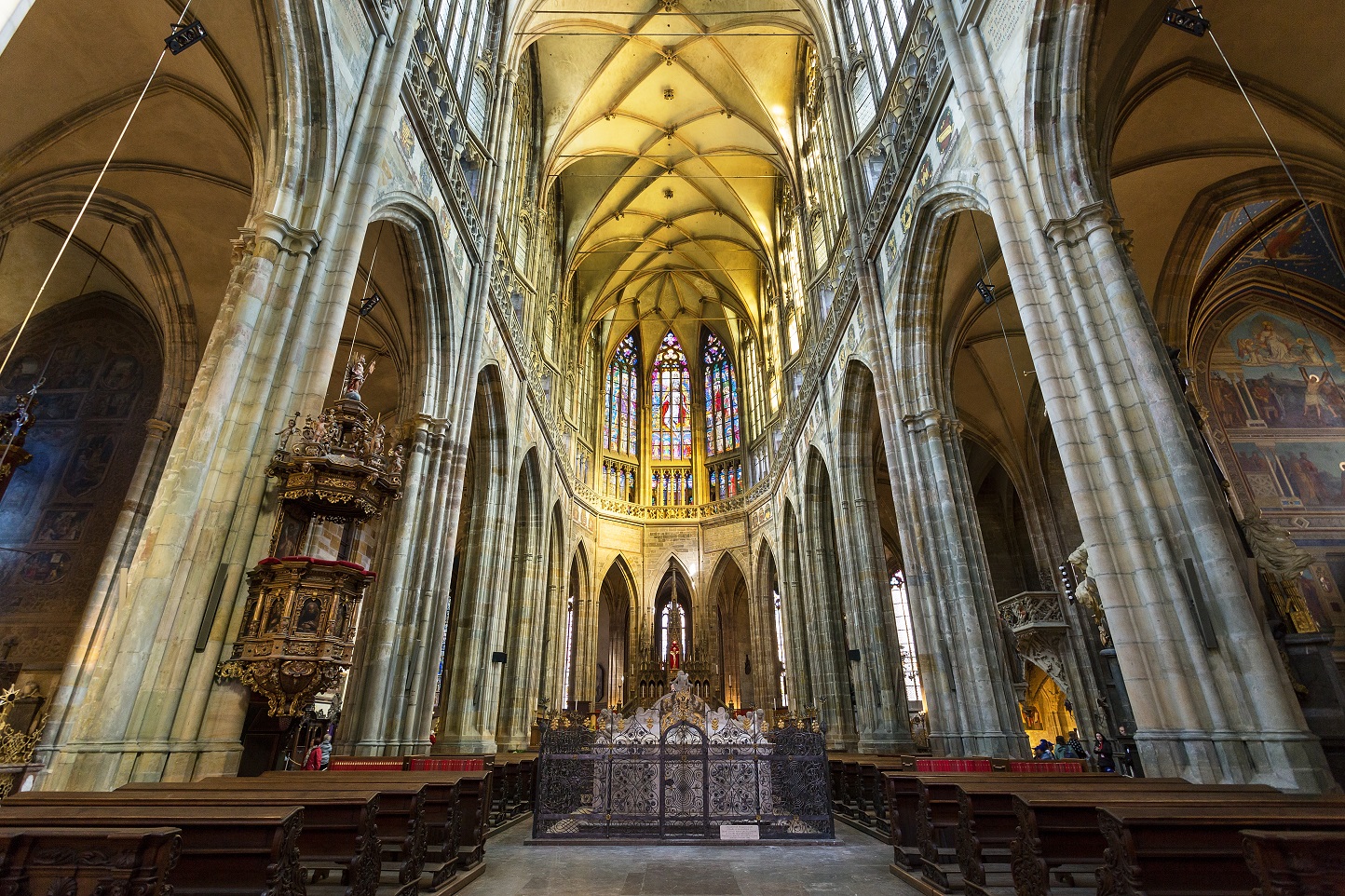Emotional response
We all know that we respond emotionally to architecture. The style and quality of a building can brighten moods, put people at ease, or depress and cause anxiety. Research psychiatrists have studied the effects of architecture on the mind, and the results are intriguing.
In a 2020 study reported in Psychology Today, test respondents analyzed 200 photographs of architectural interiors, based on three features: high or low ceiling heights, and curvilinear or rectilinear forms, and open or closed enclosures. The finding showed that respondents experienced architectural experience in the same parts of the brain that respond to primary appetites like food and sex.
Three correlations
A follow-up study measured 800 respondents on a series of 16 psychological factors to see what dimensions of the mind that were most active when viewing those same 200 photographs. The study found three areas of the brain that were correlated: Coherence, fascination, and hominess.
Coherence refers to the degree in which a scene is organized. Fascination refers to the respondent’s desire to explore the space. And hominess refers to the sense of comfort and personalness the viewer feels.
A repeated experiment of 600 respondents confirmed the same three characteristics.
A companion study asked participants two questions: did they think the spaces were beautiful, and did they wish to experience the space? It was once again confirmed that fascination, coherence and hominess were the top factors.
What is the point of all of this? At the very least, it proves that our minds behave organically and chemically to the spaces around us.
Related content
The Link Between Architecture and Archaeology
Supercharge Your Back-Office
Eliminate manual data entry and manual errors while simplifying nearly every back-office process with hh2's construction solutions.
Blog Transcript



